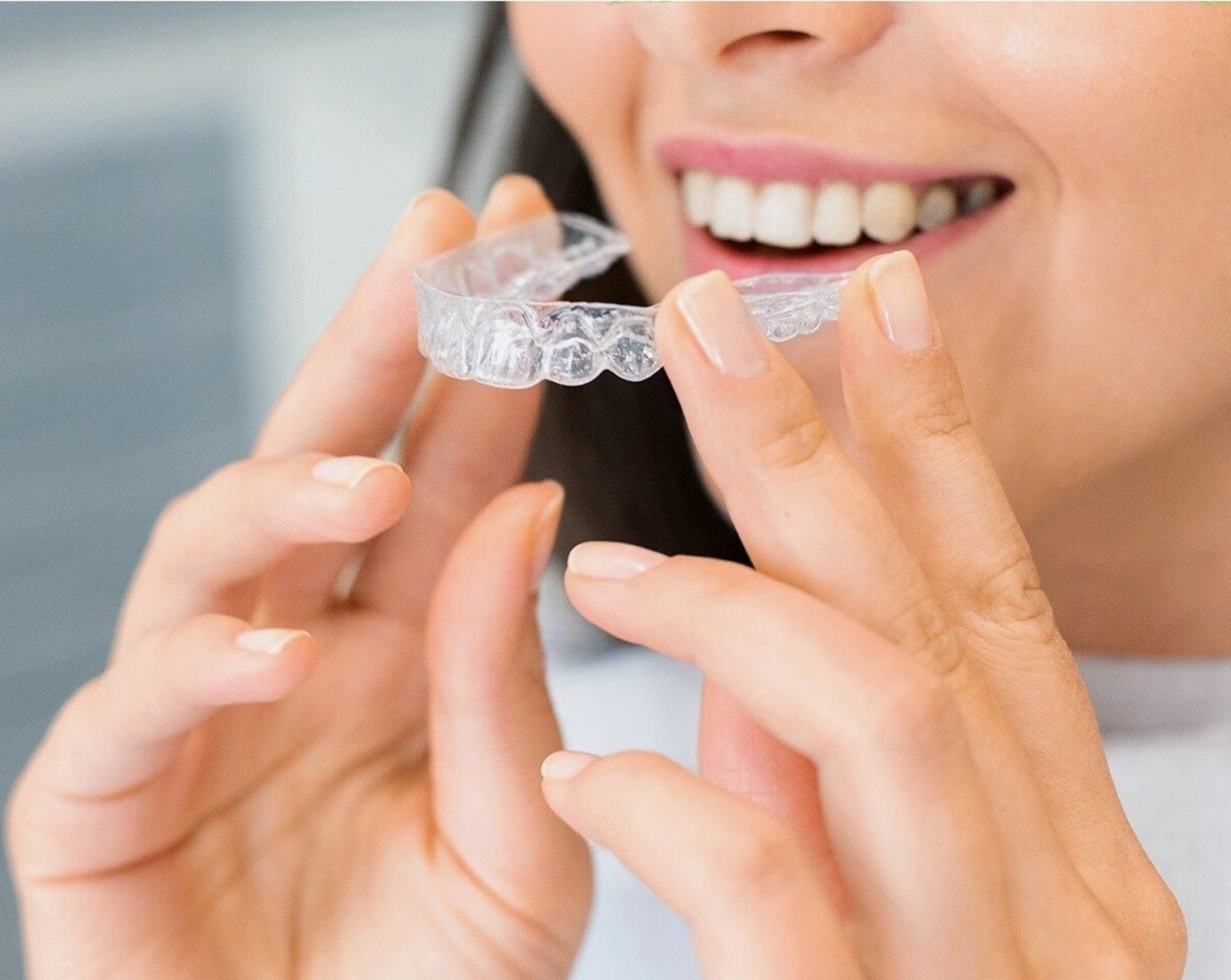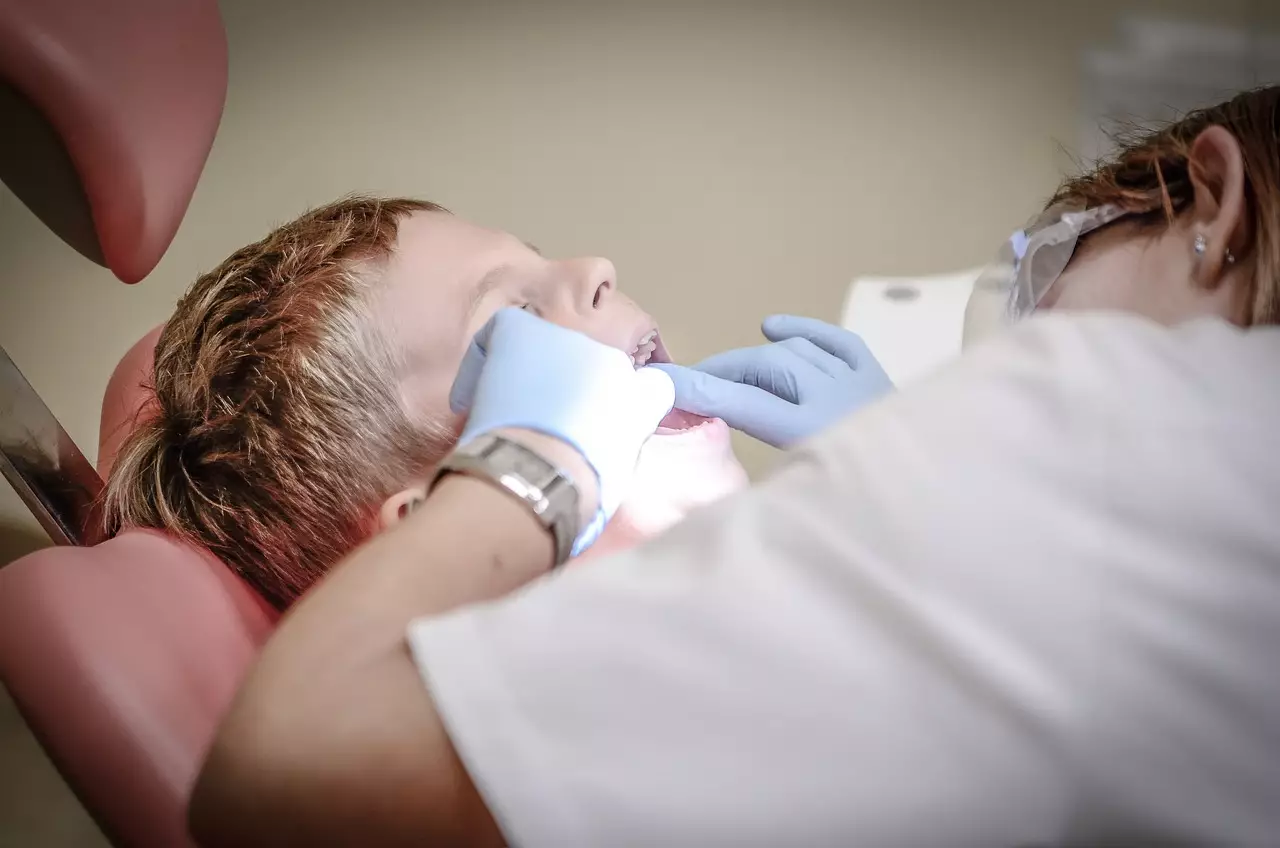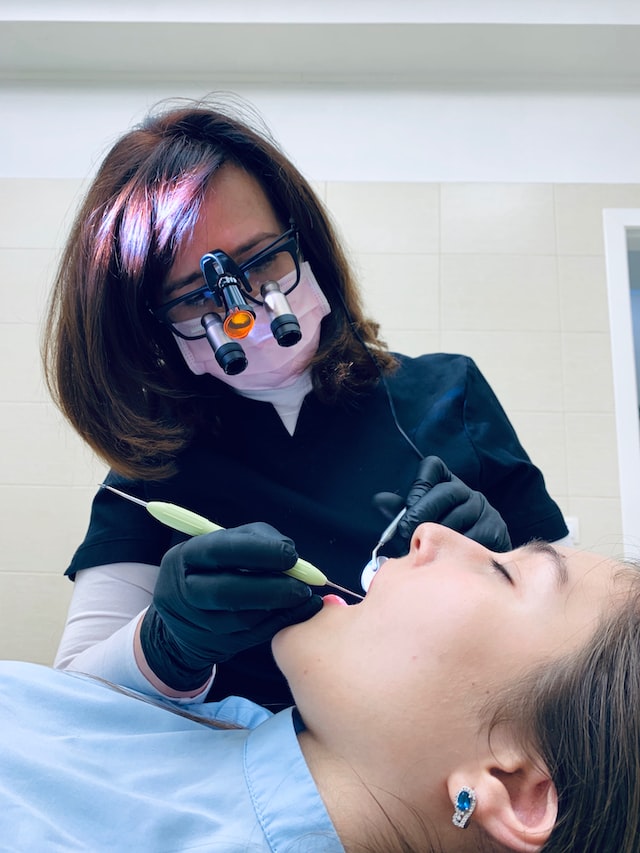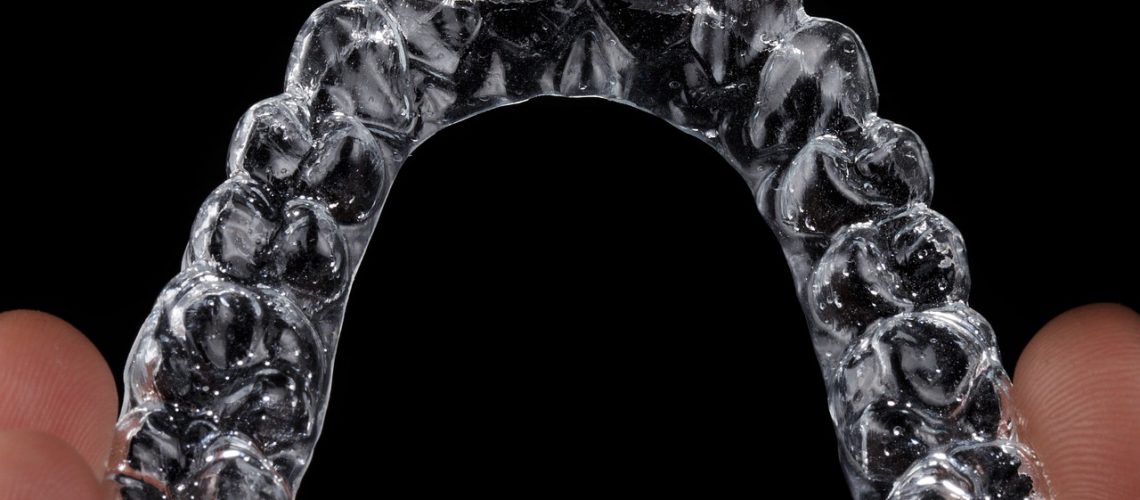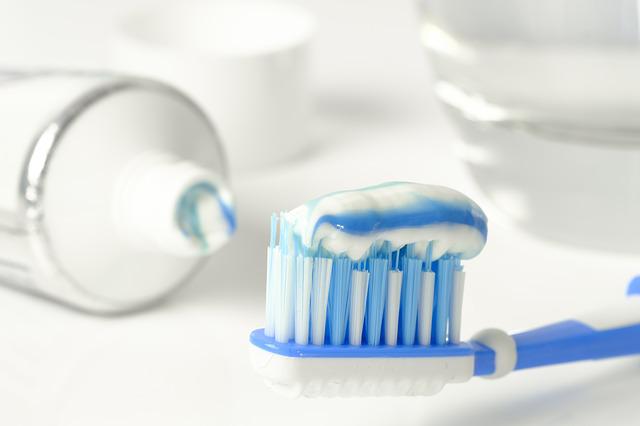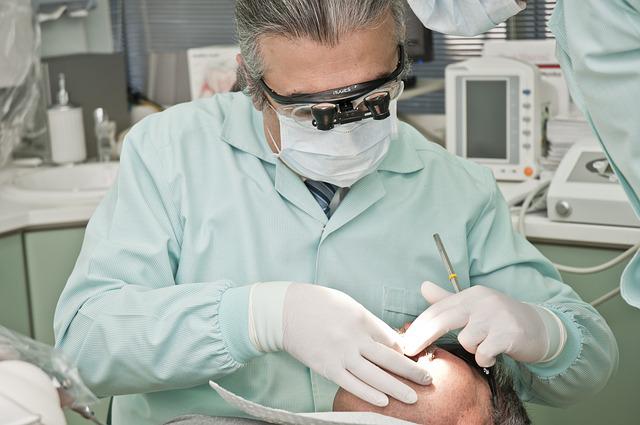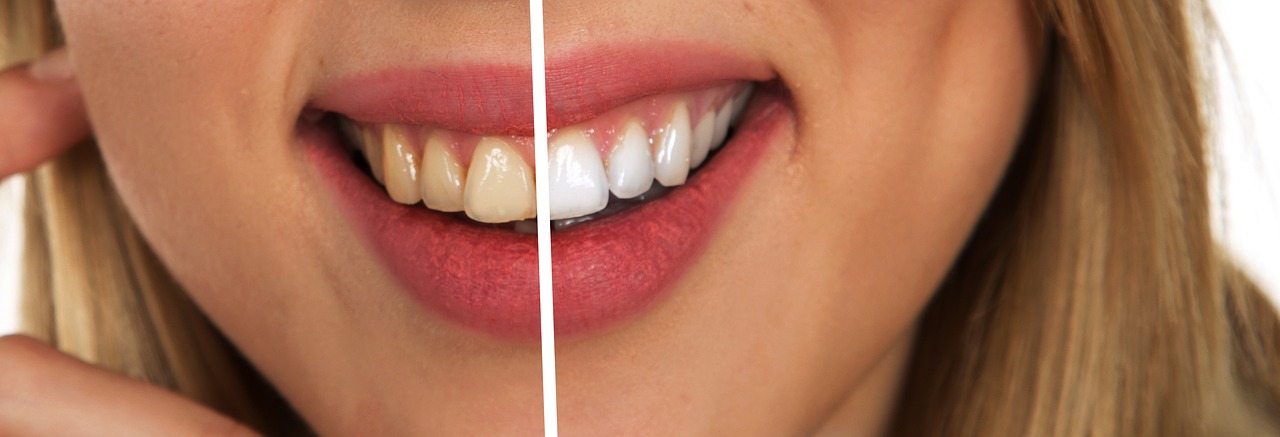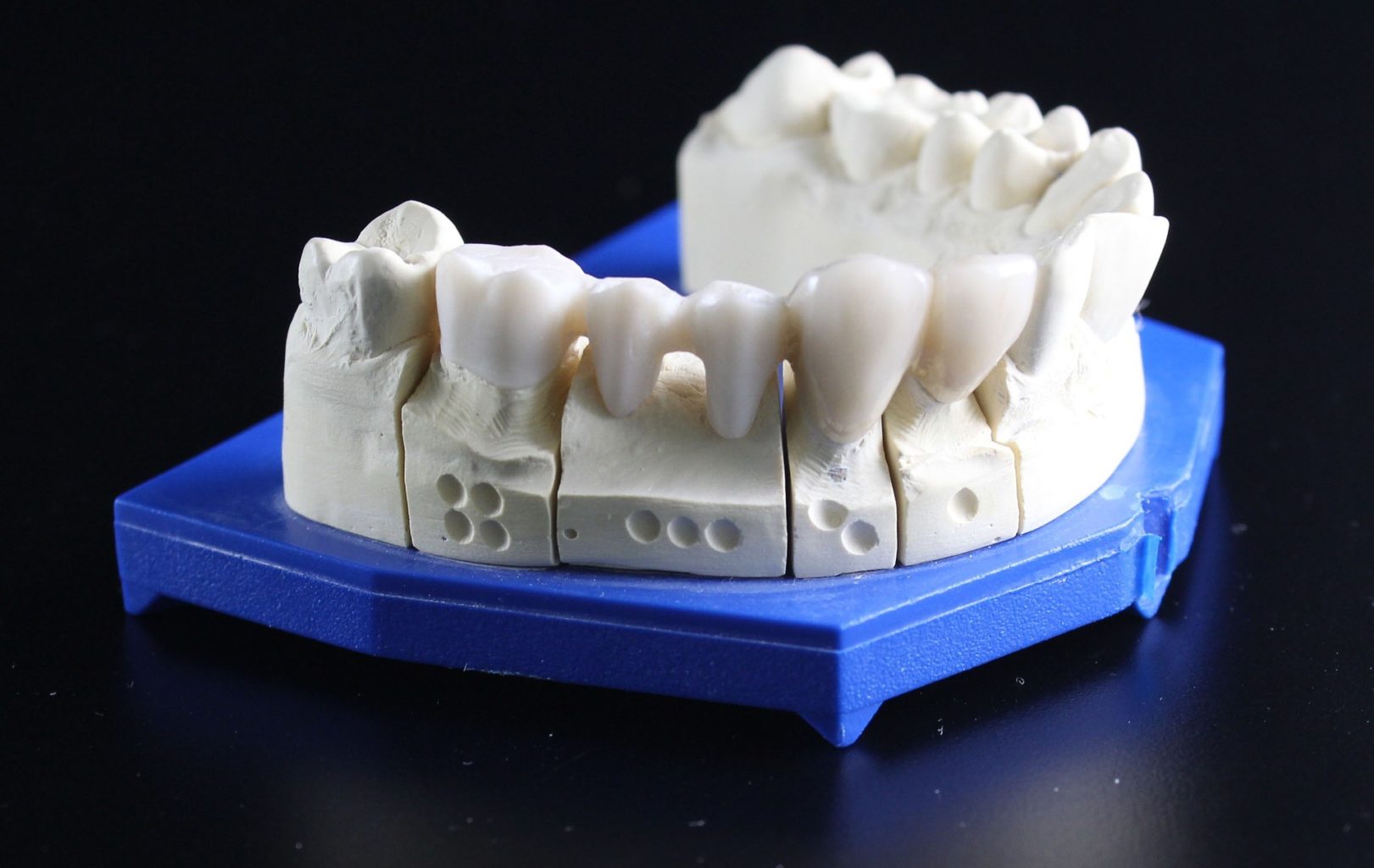There’s an app for everything these days — including aligning your teeth. DIY dentistry has become increasingly popular in the past few years, and at-home aligners are one of the most sought-after treatments. These orthodontic solutions promise a straight smile at a low price and without the need to visit a dentist.
Many of our patients ask whether at-home teeth aligners are safe and effective. The short answer is that they can work for some people with minor misalignments, but there is a real risk of making the problem worse. Aligning teeth is a complicated process, and it is difficult to manage without an in-person consultation with a professional.
Here is everything you need to know about these aligners so you can decide whether they are worth the risk.
How Do At-Home Aligners Work?
These DIY aligners claim to work similarly to their in-office counterparts. A company will send you a kit with all the tools you need to make an impression of your teeth. Some companies have in-person locations to make these impressions, but an office may not be available in your area.
Once you send back the impression, the company will send it to their lab to create your custom aligners. You will receive your aligners in the mail with a treatment plan to get started.
Why Are At-Home Aligners Cheaper Than Professional Ones?
The first thing that attracts patients to these mail-order aligners for adults is their low price compared to dentist-supervised aligners. There are several reasons for this price difference.
- You receive fewer aligners. In many cases, mail-order companies promise results in just a few months. Unfortunately, this is often wishful thinking. Straightening a smile takes at least 6-9 months for most adults, and many patients need 12 months or longer. If a company skips intermediate steps or rushes you through the stages too quickly, the treatment may be ineffective.
- The orthodontic scans are insufficient. It is cheaper to make a quick mold of your teeth and send it to a lab. At a dentist’s office, however, patients receive digital scans and panoramic X-rays that can reveal complexities in the misalignment that would not easily show up in a mold. A doctor can add attachments or adjustments to aligners to treat patient-specific issues, and these customizations are unavailable in rapidly produced mail-order kits.
- You do not have access to emergency dental care. At-home aligners may promise access to virtual appointments with a dentist, but the reality is that you will primarily interact with a customer service representative. If you do have a problem, it may take several days or longer to schedule a telemedicine appointment with a doctor, and he or she may have trouble diagnosing the issue online. Dentist-supervised treatments do cost more, but they include regular, in-person check-ups with a dentist to address any issues.
In this regard, at-home teeth aligners are not as safe as dentist-supervised ones. If you have pain with an at-home aligner kit, the best advice is to remove your aligners until you can see a dentist, but, of course, this delays your treatment. - At-home aligners are limited in what they can accomplish. At-home kits are only designed to fix the front teeth. If you have severe misalignment, an at-home kit will not have the tools to properly — and safely — address the problem.
The Downsides of At-Home Aligners
DIY aligners may be an alternative when you can’t afford dental work. They’re convenient, easy to use, and may fix minor misalignment problems. However, they have downsides you must consider.
No Dental History or Context
Most companies have dentists on their teams who can answer your questions online. Keep in mind, though, that these dentists will not have access to your full dental history. They are not the ones giving you regular exams and cleanings, and they are not going to be aware of other oral health issues that may impact your treatment.
At-home aligner companies won’t provide a full consultation. They won’t evaluate your mouth or X-rays to ensure you don’t have other problems before beginning the treatment.
No Checkups
With in-office treatments at Definitive Dental, Dr. Peter Guirguis will schedule follow-up appointments for you. These checkups will allow the dentist to fix any issues and ensure your teeth are moving correctly. You won’t get routine checkups with at-home aligners. This lack of professional supervision can lead to serious dental problems.
Consider — if aligners can move your teeth in the right direction, they also can move your teeth in the wrong direction. Improper application of aligners can sometimes make the problem worse. You may end up with a misaligned bite and untreated gum disease. The American Association of Orthodontists (AAO) even urges patients to practice caution since these aligners can contribute to tooth damage.
Incorrect Fit
While you may find at-home teeth aligners that are safe and proven effective, they may not fit correctly inside your mouth. This is another risk with at-home aligners that happens due to incorrect impressions. Since there is no professional supervision to check the fit of the aligners, you will end up wearing ones that are uncomfortable and essentially non-effective.
More Damage and Costs Down the Line
Teeth alignment is not just another simple DIY project. Orthodontics is a complicated field that requires the supervision of a dentist. You may cause irreparable damage to your roots, gums, and teeth if you accidentally hurt them while attempting to straighten your teeth. This damage means more treatments and expenses down the line, not to mention all the hours you have to spend in a dentist’s office.
Are At-Home Aligners Worth the Risks?
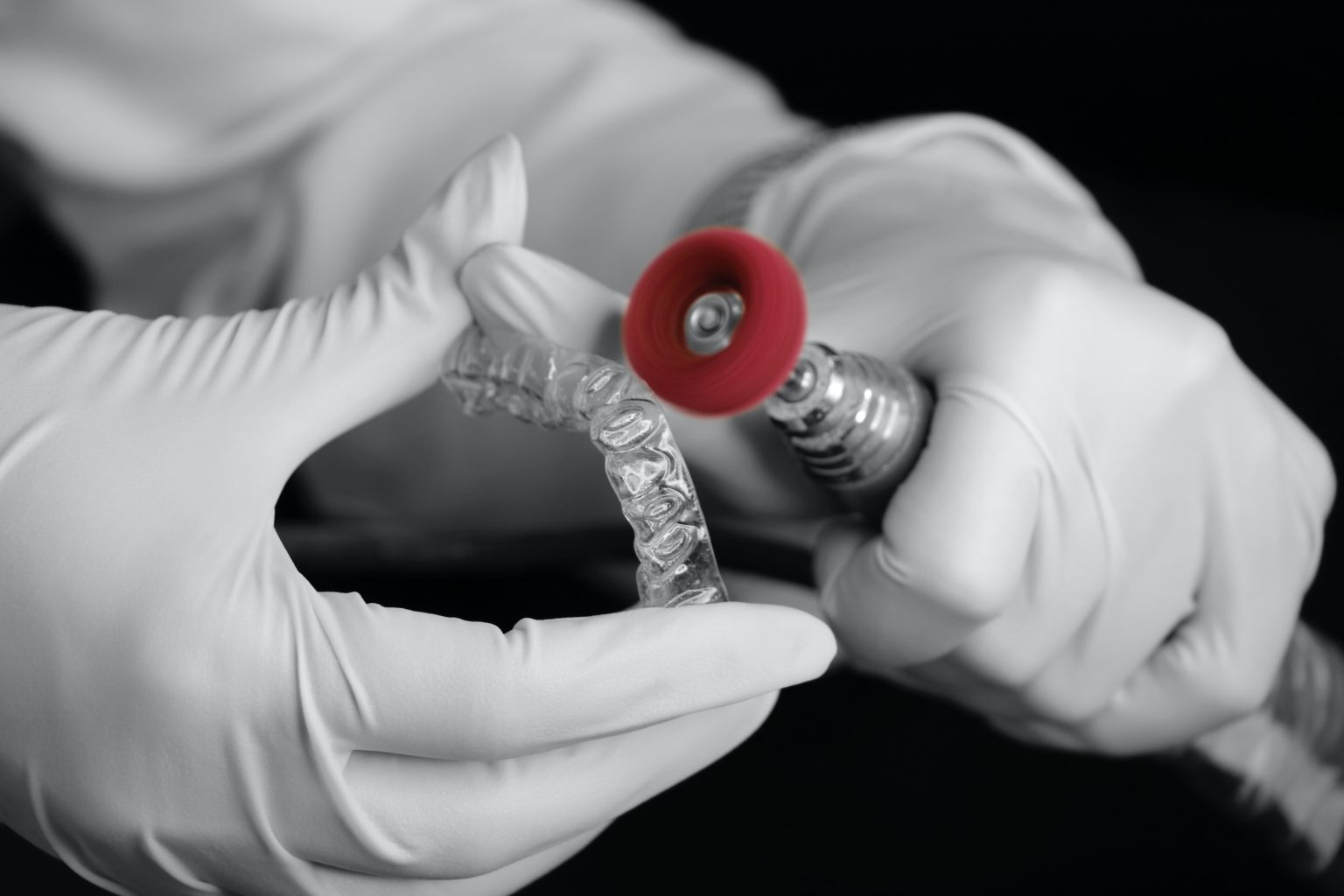
At-home aligners may work for some, but they’re not for everyone. You will essentially be your own dentist and supervise the entire treatment. This is a frightening task prone to errors. So the lower price and convenience are not really worth your dental health.
If you’re adamant about performing this cosmetic dentistry procedure yourself, make sure to ask these questions from the company:
- Will they consider your dental X-rays when crafting the treatment plan?
- Do they have an experienced orthodontist to supervise the fabrication of your at-home aligners?
- Is an emergency dentist on their team to see you in person whenever you have problems?
Be cautious of their answers. If they sound dishonest or doubtful, know that the at-home teeth aligners they offer are not safe.
Why Visit a Professional for Aligners
Visiting an experienced dentist for invisible aligners is always the safest choice. Here’s why.
A Complicated Process
Taking impressions is not a task for beginners. Sometimes even professionals have trouble capturing the margins. However, dentists have more experience and the tools to make a correct impression of your mouth. As mentioned, your primary dentist also has some context. They will know if your impressions match your previous X-rays and dental work or if something went wrong and they need to take the impression again.
Specialized Care
At-home aligners don’t take your bone and teeth structures into account. A professional dentist will thoroughly examine your mouth and refer you to an orthodontist if your bone structure requires it. Another aspect DIY aligners don’t consider is other dental issues like root resorption. If your teeth shift too aggressively or quickly, their roots will shrink and won’t be able to hold the teeth in place. A professional can help you avoid these issues.
Definitive Dental – A Safe Option for Teeth Alignment
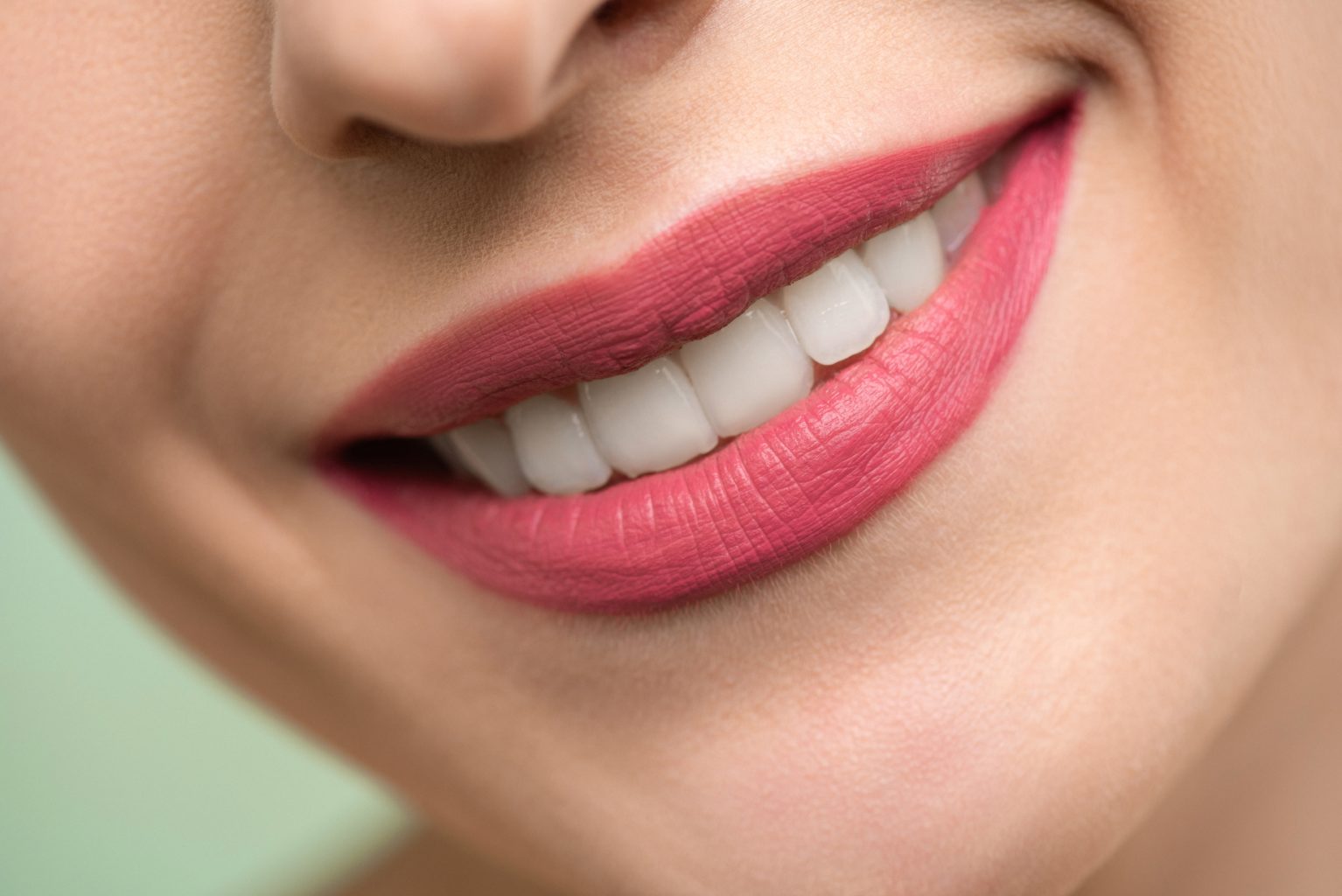
In conclusion, some at-home teeth aligners from reputable companies are safe, but most dentists caution against unsupervised at-home aligners.
It’s best to visit a professional where dentistry is done right to be completely safe. Dr. Guirguis and his team at Definitive Dental can help straighten your teeth with aligners for a better small. Contact us now or call (972) 646-0660 to schedule a consultation and take your smile to new heights!

